Reading in the Wild Chapter 5
Hi friends!
We’re on our last chapter of Reading in the Wild: Wild Readers Show Preferences. To me, this quote sums up what I need to take away from this chapter.
My downfall? Goosebumps! I know that I turn up my nose just a little bit when a student checks out a Goosebumps book. Ick! How can they like those? I definitely need to work on this, and value my students’ book choices because I value THEM as readers!
Graphic Novels
At our elementary school, I have many teachers who will not allow students to check out graphic novels. At all. Do you?
I decided to create this sign that I will post in our graphic novel section next year.
You can print this sign yourself, or create your own based on what you learned in this chapter. I know that I will need to have this conversation a few times with teachers, and I want to have my talking points handy!
Historical Fiction
Do you have many students who like to read historical fiction? I don’t, even though I love it myself. I appreciated Mrs. Miller’s discussion on page 176 about students being focused on the present and on themselves. In other words, this might not be the best use of your time and energy, trying to get students to love historical fiction.
I must have been a strange child, because I gobbled up the Little House on the Prairie books, when I was supposed to be egocentric and anchored in the present. Do you think that the rapid advances in technology have made the past seem more distant? I wonder.
Non-Fiction
Non-fiction is already very popular on my campus. Most students check out at least one non-fiction title each week. But I do need to add non-fiction to the stacks I provide to teachers when they are seeking mentor texts. I typically provide picture books, and I need to include non-fiction books as examples of excellent writing techniques!
Change “Name” to “Reader”
One HUGE, easy take-away from this chapter is to change the word “name” on all of the papers I hand out, to “reader.” On page 184, Mrs. Miller says that “the way we talk to children becomes part of the narrative they tell about themselves.” What a simple way to help each of our students to see themselves as readers!
Your Take Aways?
What did you take away from this chapter? What will you do differently in YOUR library next year, because you’ve read this great, inspiring book? Please share on our Padlet, so we can learn from your thoughts!
[padlet key=’rkokqtv75gml’ width=’100%’ height=’480′]
Thank you!
Thank you for joining me in our summer book club! I’ve learned so much, from Donalyn Miller and from YOU! It would not have been the same without you here!
(clip art credit: Scrappy Readers, Graphic From the Pond)
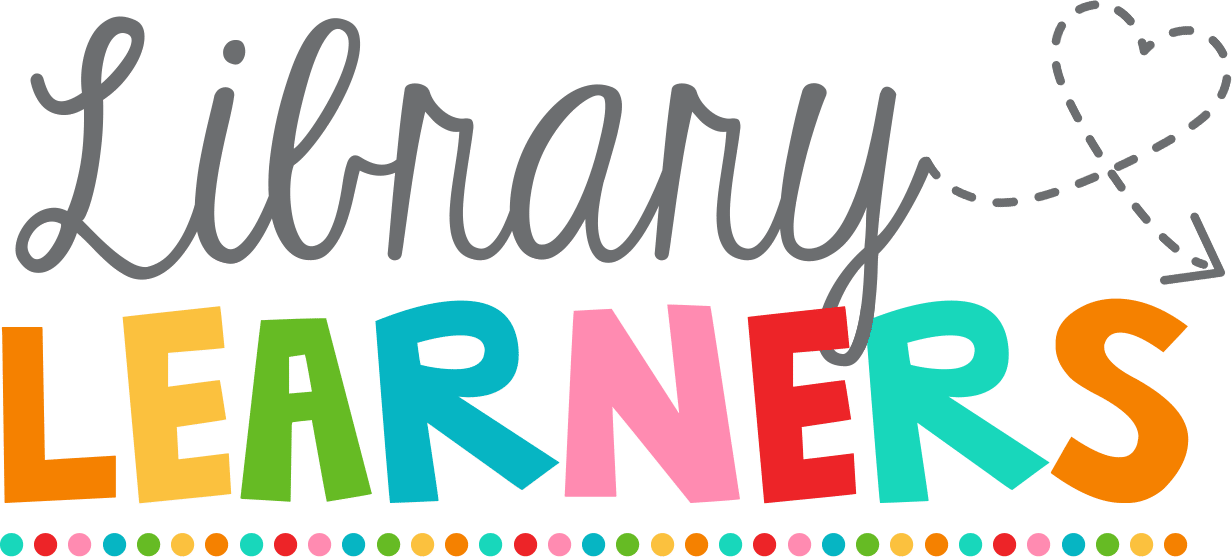
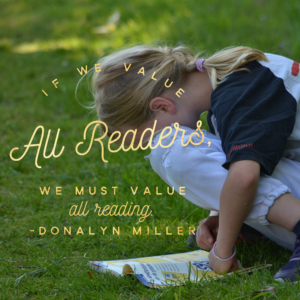
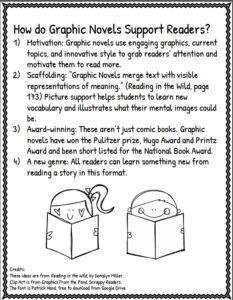
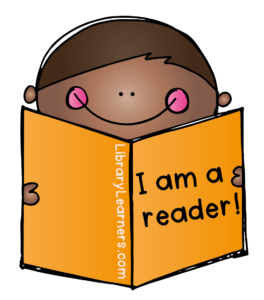
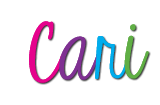


Thanks for doing this Book Club,Cari! You kept my interest sparked and made think about what a reader looks like!
Debbie
You inspired me to buy the book and follow along. Thank you so much for the graphic novel sheet. I have purchased several graphic novels this summer because so many students, especially my reluctant readers, gravitate toward them. I will be using your talking points (and Ms. Miller’s) with my teachers as well! If it gets a kid to read, I’m all for it!